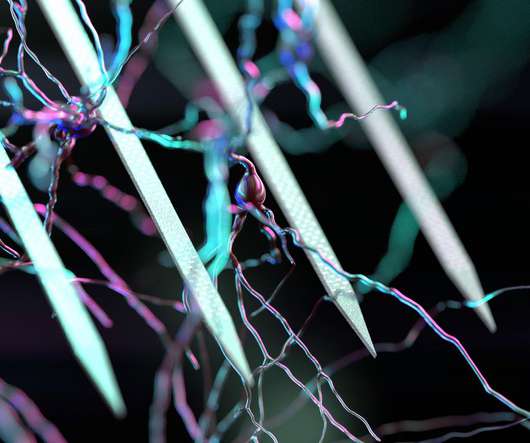DOE awarding $72M in 73 Phase II SBIR/STTR grants
Green Car Congress
MAY 25, 2017
This proposal aims to solve these problems by converting organic waste into chemicals with widespread use in polymer and transportation industries. Novel Hydrocarbon Ionomers for Durable Proton Exchange Membranes The Department of Energy’s Fuel Cell Office has identified a need for robust, affordable fuel cell membranes.













Let's personalize your content